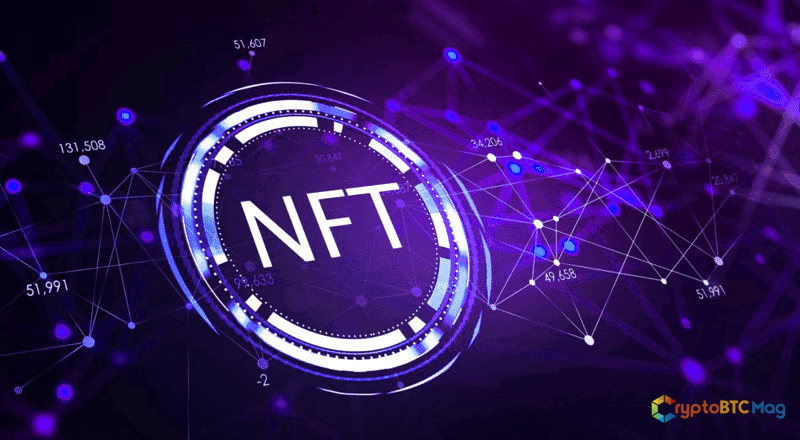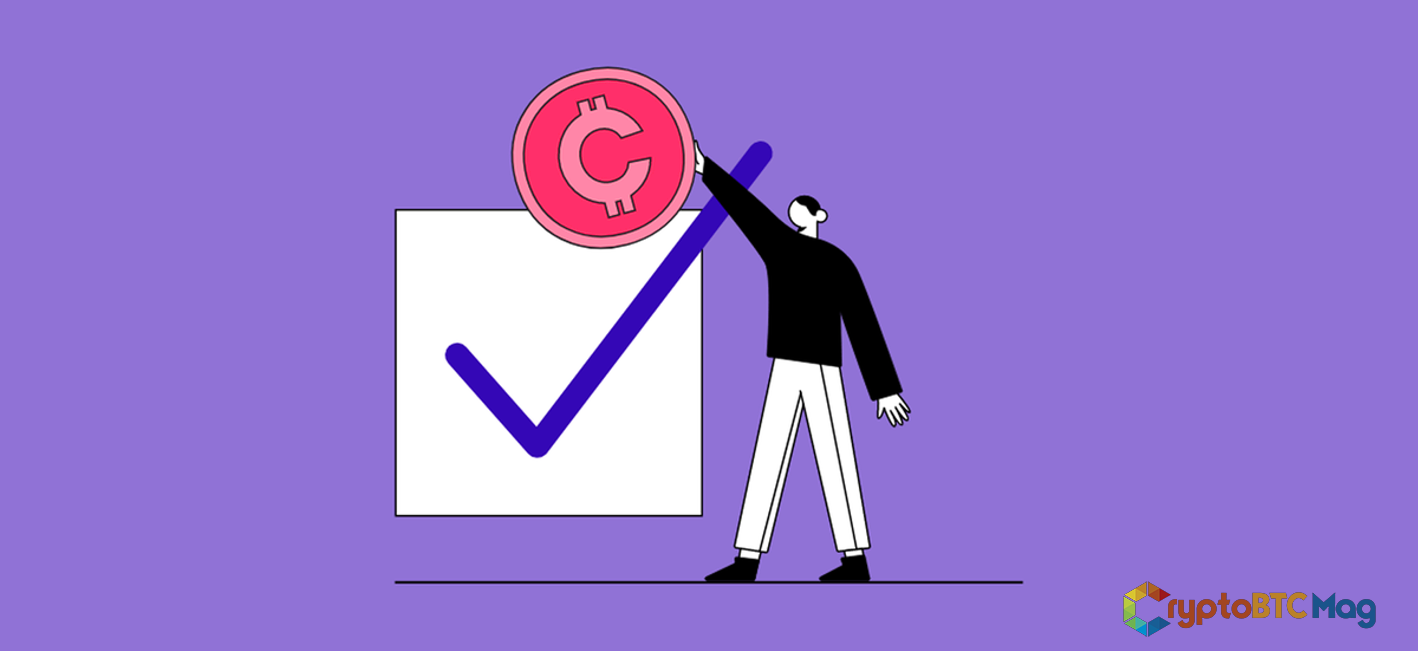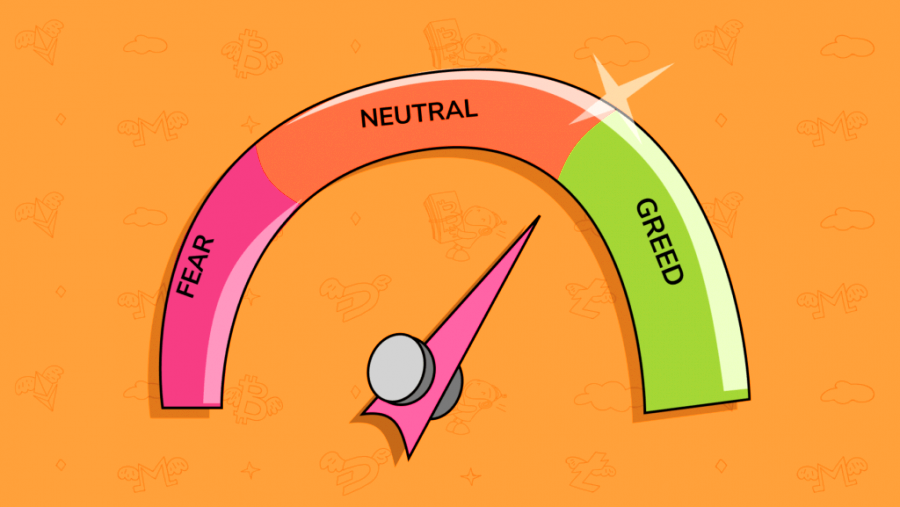
What Are NFT Royalties?
The portion of sales that an artist or creator receives each time their NFT is sold in a marketplace is known as an NFT royalty. Smart contracts typically carry out these payments automatically. Therefore, the smart contract makes sure the NFT’s conditions are met each time a secondary sale occurs. A portion of the revenue goes to the author if a royalty is mentioned. While some markets provide you the option to set your NFT royalty percentage, the accepted range is between 5% and 10%.
How Do NFT Royalties Work?
The terms laid out in the smart contract when the NFT was issued determine how much royalties an artist will get. For instance, the maximum NFT royalty percentage on a secondary market like OpenSea is set at 10%. Therefore, on a 5 ETH sale, you would make 0.5 ETH if you mint an NFT at the 10% royalty price specified in the contract. The contract’s terms and the legitimacy of the artwork are safeguarded by the public ledger. Another advantage is that the blockchain eliminates the need for a third-party agent or intermediary, enhancing the value provided to the artist.
How To Add Royalties To NFTs?
You must take into account the marketplace you wish to utilize to mint your NFT if you are an artist or creative looking to include NFT royalties in your work. Make sure you are aware of the rules before listing your NFT because each marketplace has its own terms and conditions.
Read More: A Beginner’s Guide to Investing in NFT
For instance, the deal initially grants a royalty to a secondary market like OpenSea. OpenSea serves as an intermediary and sends the artist’s royalty payment only after that royalty is received. Platforms like manifold, on the other hand, provide a “Royalty Registry” that makes it simple to include creator royalties in smart contracts. Marketplaces can now use suitable on-chain royalty configurations with less difficulty.
Who Benefits From NFT Royalties?
NFT royalties can help musicians, visual artists, and other content producers. For instance, in the music industry, streaming services like Spotify and Apple Music often only compensate musicians with an average of $0.003 to $0.005 per stream. However, musicians can set up percentages with NFTs so that the band gets a small portion of each token sale.
To put this into context, Diplo released his song “Don’t Forget My Love” on the streaming service Royal and distributed 2,110 NFTs, representing 20% of the royalties, in three tiers. With other artists like Eminem, Grimes, and Kings of Leon all releasing songs in the style of NFTs, NFT music royalties have gained a lot of attention in recent months.
The ownership of a work of art with connected royalties is advantageous to NFT buyers or collectors as well. This increases the NFT’s market value and aids in confirming its legitimacy. NFTs that include royalties are unquestionably beneficial to both producers and consumers.
Conclusion
In the field of art, royalties have long been a contentious issue. NFTs, however, give creators a way to ultimately get paid each time their work is sold or resold. Without having to worry about any middlemen or brokers, the original authors can regain full ownership over their work and establish their own terms. In the months and years to come, NFT royalties will continue to gain appeal since they are a game-changer for the art industry.






2 Comments